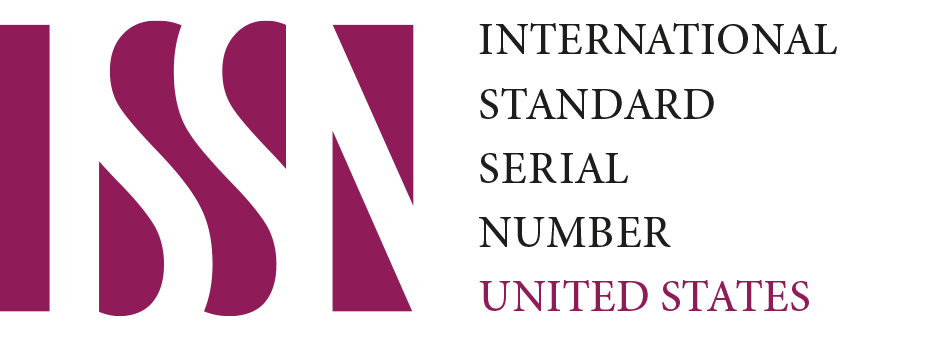Should Institutions of Higher Education Include Water Quality Issues in the Undergraduate Curriculum?
DOI:
https://doi.org/10.64516/p9ckaf28Keywords:
Water quality,, public perception,, higher education,, bottled water,, sociological perspective, curriculum,, environmental healthAbstract
Background: Water quality is a growing global concern with implications for public health, environmental policy, and community trust. This paper explores whether institutions of higher education should integrate water quality topics into undergraduate curricula.
Objective: To examine public perceptions of water safety and the sociocultural factors that shape individual attitudes toward water quality, using multidisciplinary theoretical frameworks.
Methods: A literature-based analysis supported by sociological, anthropological, feminist, and socio-economic perspectives is presented. The paper reviews public responses to past water contamination events, trust in water treatment systems, media influence, and cultural attitudes toward bottled versus tap water.
Results: The findings indicate that widespread public concern over water safety is influenced by historical events, environmental pollution, distrust in treatment processes, and media reporting. Conversely, some populations express confidence in their local water quality. Feminist and cultural theories further highlight gender-based and societal differences in water-related risk perception.
Conclusion: Given the complexity of public attitudes and the interdisciplinary nature of water quality issues, it is recommended that higher education institutions incorporate water quality topics into undergraduate programs. This would promote scientific literacy, environmental awareness, and responsible decision-making among students.
References
1. Borisova, T., J. Brett, & Cassel, G. (2010). Public opinion about surface water and groundwater quality in Florida.(EDIS document FE844). Gainsville, FL: Food and Resource Economics Department, Florida Cooperative Extension Service, Institute of Food and Agricultural Sciences, University of Florida. Retrieved from: http://edis.ifas.ufl.edu/fe844.
2. Bruvold, W. H., Rosen, A. A., & Pangborn, R. M. (1975). Human perception and evaluation of water quality. Critical Reviews in Environmental Science and Technology, 5(2), 153-231.
3. Corona Research. Water Quality Focus Groups. (2008). Denver, CO: Corona Research, Inc. Retrieved from: http://npscolorado.com/Statewide%20Water%20Quality%20Focus%20Grou ps-final%20report.pdf
4. Doria, M. F., Pidgeon, N., & Hunter, P. R. (2009). Perceptions of drinking water quality and risk and its effect on behaviour: A cross-national study. Science of the Total Environment, 407(21), 5455-5464.
5. Dorfma, M,, & Rosselot, K. S. (2011). Testing the Waters: A guide to water quality at vacation beaches. (Twenty-first annual report.) New York, NY: Natural Resources Defense Council. Retrieved from: http://www.nrdc.org/water/oceans/ttw/ttw2011.pdf
6. Lalumandier, J. A., & Ayers, L. W. (2000). Fluoride and bacterial content of bottled water vs tap water. Archives of Family Medicine, 9(3), 246-250.
7. Lewis, M. W. (2010). Costly water. [Review of the book Bottled and sold: The history behind our obsession with bottled water.] Issues in Science and Technology. Retrieved from: http://www.issues.org/27.1/br_lewis.html
8. Lisle, J. T., & Rose, J. B. (1995). Cryptosporidium contamination of water in the USA and UK: A mini-review. Aqua - Journal of Water Supply: Research and Technology [AQUA], 44(3), 103-117.
9. Olson, E. D. (1999). Bottled water: Pure drink or pure hype? New York, NY: Natural Resources Defense Council. Retrieved from: http://www.nrdc.org/water/drinking/bw/bwinx.asp
10. Stackelberg, P. E., Furlong, E. T., Meyer, M. T., Zaugg, S. D., Henderson, A. K., & Reissman, D. B. (2004). Persistence of pharmaceutical compounds and other organic wastewater contaminants in a conventional drinking-water-treatment plant. Science of the Total Environment, 329(1-3), 99-113.
11. Slabaugh, S. (2006, December 20). Storm water fees to raise $858,000 a year. The Star Press, p. 3.
Downloads
Published
Issue
Section
License
Copyright (c) 2018 Arij Mousa (Author)

This work is licensed under a Creative Commons Attribution 4.0 International License.











